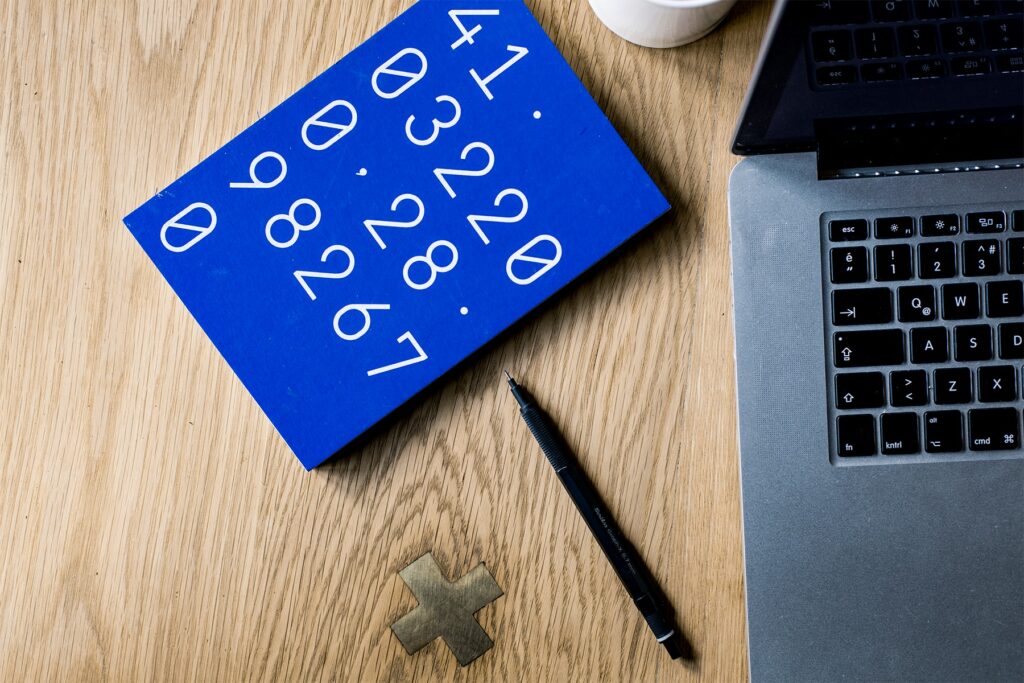How to count in Dutch (plus audio, and pronunciation)
How to count in Dutch? With many things in life, like time, money, traveling, and business situations, you need to understand or say Dutch numbers.
For English-speaking people, Dutch numbers have some tricky aspects.
We’re going to look at :
- Dutch numbers until 1-10:
- Dutch numbers until 11-20:
- Dutch numbers until 21-29
- Dutch numbers until 30-90
- Dutch Ordinal Numbers 1-10
Dutch numbers until 1-10:
As in almost any language you’ll have to simply learn the numbers until 10 by heart: sometimes you recognize elements of other languages, sometimes not.
| 0 nul | nuhl |
| 1 een | ayn |
| 2 twee | tvay |
| 3 drie | dree |
| 4 vier | feer |
| 5 vijf | fayf |
| 6 zes | zes |
| 7 zeven | zay-fern |
| 8 acht | akht |
| 9 negen | nay-khern |
| 10 tien | teen |

Dutch numbers until 11-20:
We see that some structure starts to appear. Starting from 15 to 19, notice the built up:
For example 15 is just Vijf (five)+ Tien (ten) = Vijftien
| 11 elf | elf |
| 12 twaalf | tvaalf |
| 13 dertien | dehr-teen |
| 14 veertien | fayr-teen |
| 15 vijftien | fayf-teen |
| 16 zestien | zes-teen |
| 17 zeventien | zay-fern-teen |
| 18 achttien | akh-teen |
| 19 negentien | naykh-ern-teen |
| 20 twintig | tvin-tikh |
Dutch numbers until 21-29
One of the most difficult things in Dutch counting is the numbers 21 to 99. Other than in English, the Dutch say the last number first. This structure repeats itself until number 99. (Complex numbers until 99 are typically written as one word)
21 (twenty-one) is in Dutch: een-en-twintig (one-and-twenty).
Dutch starts with “één” and then adds “en twintig”.
Let’s practice number 22
Start saying “twee” and then add the rest: “en twintig”. Try to do this until 29
| 21 eenentwintig | ayn-ern-tvin-tikh |
| 22 tweeëntwintig | tvay-ern-tvin-tikh |
| 23 drieëntwintig | dree-ern-tvin-tikh |
| 24 vierentwintig | feer-ern-tvin-tikh |
| 25 vijfentwintig | fayf-ern-tvin-tikh |
| 26 zesentwintig | zes-ern-tvin-tikh |
| 27 zevenentwintig | zay-fern-ern-tvin-tikh |
| 28 achtentwintig | akh-tern-tvin-tikh |
| 29 negenentwintig | nay-khern-ern-tvin-tikh |

The numbers from 21 onwards, we place two dots on the en (and) when it is preceded by a number ending in an e – twee or drie. So, twenty-two would be tweeëntwintig, and eighty-three would be drieëntachtig. This ë, a so-called trema, is placed in a word to indicate that the second (or third) e should be pronounced separately and is not just a long vowel. So the word is drie – ën- tach -tig.
Dutch numbers until 30-90
With the Dutch numbers 30-99, we can apply the same structure as before.
So 31: één, add en, add dertig = eenendertig
The 30 to 90 are following:
| 30 dertig | dehr-tikh |
| 40 veertig | fier-tikh |
| 50 vijftig | fayf-tikh |
| 60 zestig | zes-tikh |
| 70 zeventig | zay-fern-tikh |
| 80 tachtig | takh-tikh |
| 90 negentig | nay-khern-tikh |
Dutch Ordinal Numbers 1-10
Hopefully, by now, you know the basic numbers. But there are also numbers for sequences that are called ordinal numbers. Ordinal numbers tell the order of things in a set: first, second, third, etc. they do not show quantity. Ordinal numbers show rank or position.
Here is a summary of the Dutch Cardinal Numbers 1-10. Memorizing these Dutch ordinals will help you to express yourself in Dutch.
Here are the most frequently used ordinals:
| 1e eerste | ayr-ster |
| 2e tweede | tvay-der |
| 3e derde | dehr-der |
| 4e vierde | feer-der |
| 5e vijfde | fayf-der |
| 6e zesde | zes-der |
| 7e zevende | zay-fern-der |
| 8e achtste | akh-ster |
| 9e negende | nay-khern-der |
| 10e tiende | teen-der |
Do you want to learn, speak and read more Dutch?
Being able to count is a big step towards interacting with people in Dutch. It will help you to get around and talk to and connect with Dutch people. People will appreciate that you are trying to speak Dutch. If you want to learn more common words and expressions, then please check out our other posts.
If you are serious about learning Dutch and want to master the basics in a short amount of time, then check out our easy, fun, and fast Online Dutch course. While it can take you a while to learn a language by searching things on google and using apps, – with this comprehensive language course, it will just take you a couple of weeks to see some real progress in your abilities. You will be surprised at how quickly you will be able to talk in Dutch and leave a good impression!
Full course: Learn How you can “Greet Someone” and “Introduce Yourself” in Dutch
This amazing course will teach you, step by step: the words, phrases, pronunciation and practice your speaking, listening and reading.
Even if you have never spoken Dutch before + BONUS PDF Flashcards
